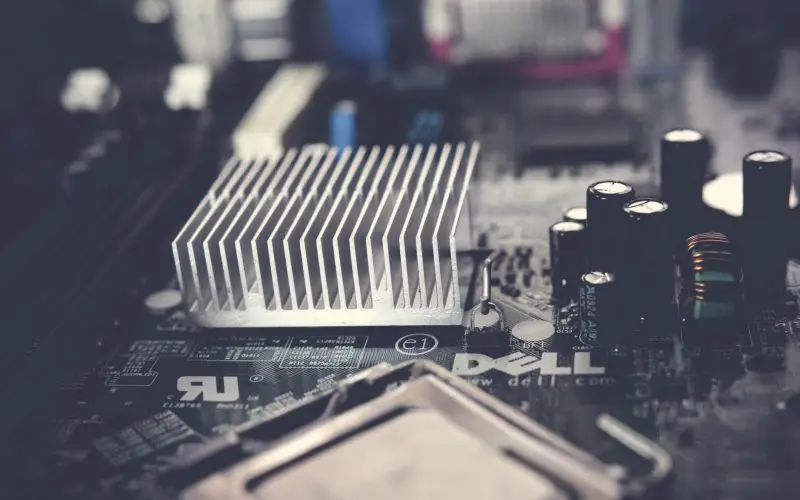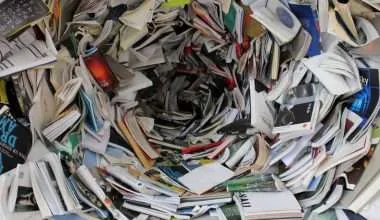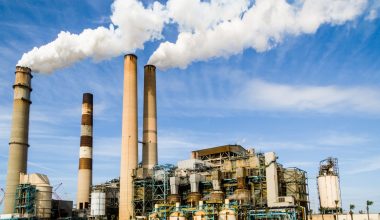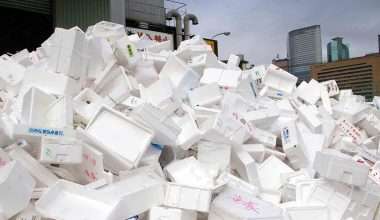Table of Contents Show
Aluminum is one of the most widely used metals. It is silvery-white and very light in weight. It is malleable and soft and these properties allow it to be used in a variety of items such as window frames, airplane parts, cans, foils and cooking utensils.
This is reflected by the fact that aluminum industry contributes $174 billion to the U.S. economy.
With an enormous variety of aluminum uses, recycling it is the most sensible decision. Recycling of aluminum saves up to 95% energy and recycled aluminum maintains it’s properties indefinitely. Aluminum is 100% recyclable, making it the most recyclable metal.
Nearly 75% of aluminum ever produced is still in use today.
Let me guide you through the step-by-step process of aluminum recycling, also called “closed loop” recycling.
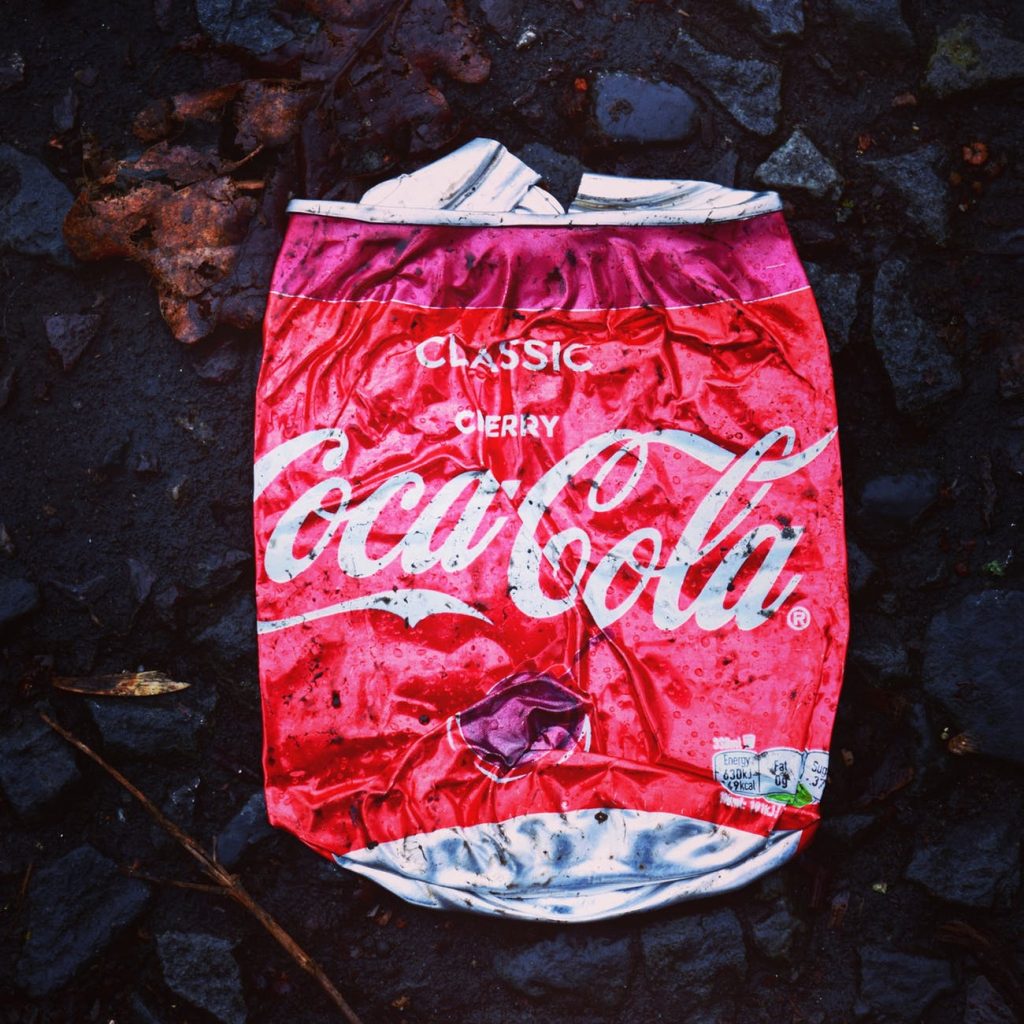
‘Closed Loop’ recycling process of Aluminum
Let’s dive into the processes of Aluminum recycling right away!
1. Collection
Scrap aluminum is collected and then transported to facilities that carry out the recycling process. Right now one of the concerns regarding this process is the carbon footprint due to transport but this would hopefully be reduced as the technology of electric transport systems (electric dump trucks) develops more and more.
2. Sorting
In this step, the aluminum is separated from other types of metals it is mixed with. This step is very important and the different metals are sorted into different streams and compressed into bales.
3. Shredding
The aluminum blocks are transported to a processing plant which is usually nearby to reduce costs and carbon footprint. The blocks are eventually transported to a shredder. The shredder will then cut the aluminum into tiny pieces.
This increases the surface area of the aluminum so it can melt easily and additionally makes it easier to remove paint and coating on it’s surface.
4. Removal of steel from aluminum
The objective is to remove all the impurities of steel that may be on the aluminum by passing it under a magnet. This helps to increase the purity and quality of the final product.
5. De-coating
The aluminum is then passed through a special de-coater. Here, all the decorations like paint and coating are removed. Hot air is blown to vaporize all the paint and ink on the aluminum after which the gases are removed and cleaned.
6. Melting in Furnace
The aluminum is melted into molten aluminum; the minimum temperature of the furnace is kept around 7000ᵒC. Chemicals are added to obtain the correct composition. Fluxes are also added to remove any unwanted oxide layer as well.
After melting, the molten aluminum is transferred into a new furnace called the ‘holding’ furnace. Holding furnace is where the aluminum is converted into ingots. The ingot is formed by transferring molten aluminum into moulds of the desired shape and size.
7. Transportation and Rolling
The ingots are then removed from the casting mold and transferred to rolling mills. Rolling mills convert the ingot bars into sheets since it’s quite malleable. The aluminum can now be converted into a wide variety of packages and products.
Advantages of Aluminum recycling
Considering the incredible needs of aluminum today; we should read up on the advantages of recycling aluminum.
1. Saves energy
The recycled products consume 95% less energy than manufacturing and processing new supplies. The amount of greenhouse gases released into the atmosphere is also reduced considerably.
2. Prevents depletion of reserves
Aluminum is extracted from the earth’s crust. The recycling of aluminum prevents the constant mining and extraction of the bauxite ore from the earth’s crust; thus conserving a massive reserve of aluminum. Each year, 5% of the earth’s aluminum is not mined due to the recycling of aluminum.
3. Reduction of Carbon footprint
Over the years, the increased awareness about consequences of pollution and damage to the environment has caused increased recycling of a vast array of materials including aluminum. Recycling of aluminum can prevent carbon dioxide emissions every second as much as a one-mile car ride releases.
It is every country’s responsibility to reduce carbon dioxide release as much as they can to prevent the negative effects of global warming. The release of Carbon Dioxide can rather be made productive by Biomass Energy.
4. Meets the increase in demand
The demand for aluminum and aluminum products is rapidly increasing. It is thus very beneficial to recycle and conserve as much aluminum as possible to meet the demands of the growing population. Recycling aids in filling the gaps of the demand and today almost 30-40% recycled aluminum and 60-70% pure aluminum is used to form products.
5. Doesn’t wear out
The biggest advantage of aluminum recycling is that it can be recycled infinite amount of times without losing its natural properties or qualities. Thus, most manufacturers are trying to incorporate aluminum as much as they can into their products due to its versatility.
6. Reduced Landfill
In this day and age, management of waste is very important. Recycling aluminum reduces space by using it in burying or filling up aluminum waste. This space of land can be used for other purposes like reforestation.
To summarize everything; aluminum is a very important resource for the world. Hence, recycling aluminum just like recycling other products can have many advantages for the planet in terms of reducing energy consumption and reducing the carbon footprint.
